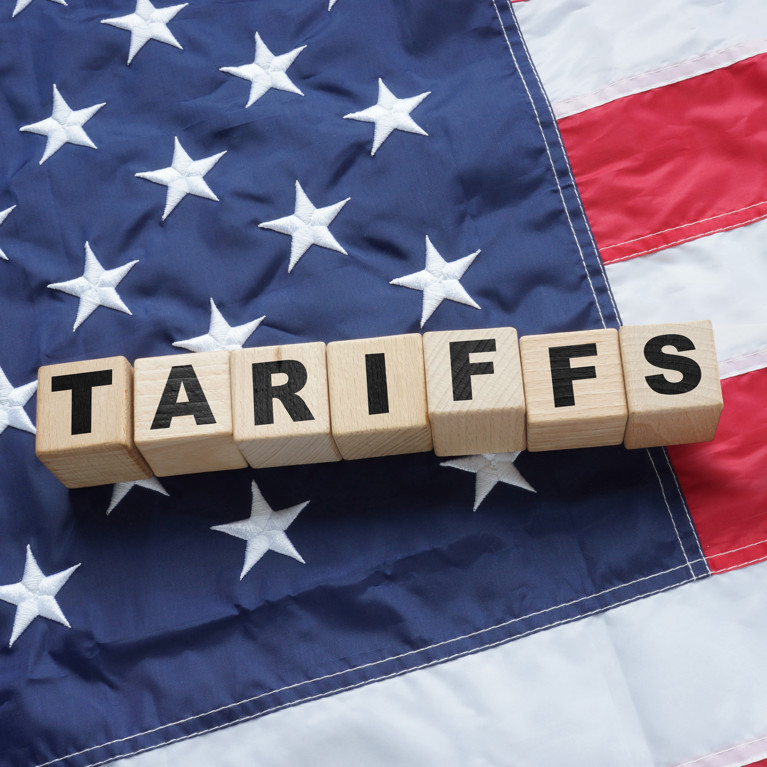- Posted on 21 Apr 2025
This article appeared in The Canberra Times on April 21 2025.
After the Trump administration struck Australian steel and aluminium producers with a trade-ending 25 per cent tariff last month, a journalist cheekily asked Trade Minister Don Farrell, ‘Are we now in a position where China is a more reliable trade partner than the United States?’.
Australians won't quickly forget that in 2020 Beijing began punishing local farmers, fishers and miners to extract concessions from Canberra and make its policy settings more China-friendly. After having no success, Beijing eventually backed down, but it was only in December last year that the final restrictions affecting live lobsters were removed.
No wonder then that Prime Minister Anthony Albanese offered a lukewarm response when Chinese ambassador Xiao Qian said last week that ‘China stands ready to join hands with Australia’ in pushing back against the Trump administration's trade war.
Yet when Farrell responded to the earlier question, while diplomatically declining to weigh in on their relative reliability, he showed that the government is not blind to basic facts: ‘the Chinese economy for us is much, much bigger and much, much stronger than the United States economy’.
In 2023-34, total exports to China stood at $213 billion, compared with just $38 billion to the US. Another fact is that thanks to the China-Australia free trade agreement sealed in 2015, the average trade-weighted tariff China places on Australian goods is just 1 per cent.
Meanwhile, as of two weeks ago, exporters to the US have faced a tariff wall of nearly 10 times that level.
Whoever wins government on May 3 will need to remain focused on these facts in the months that follow.
Last week, US Treasury secretary Scott Bessent had already flagged a US-led economic coalition aimed at China.
The Wall Street Journal reported earlier this week that Bessent was looking at US security allies like Australia and Japan as the ‘top targets’ for striking initial trade deals.
Citing ‘people familiar with the matter’, The Japan Times now reports that countries wanting tariff relief will be pressured to curb their trade with China.
Such a pressure campaign would likely enjoy bipartisan support in Washington. In a new article in the influential Foreign Affairs magazine, former senior Biden administration officials Rushi Doshi and Kurt Campbell write that the US should ‘build a protected common market’ with its allies and partners that locks out China.
This would involve ‘co-ordinated tariffs on Chinese exports’, as well as ‘co-ordinated nontariff barriers, including regulatory tools’, such as the ban the US introduced in January on digitally connected vehicles that use Chinese technology.
There would be local boosters of an anti-China trade bloc, too.
After China began punishing Australian exporters in 2020 there was a flurry of advocacy for Canberra to embrace the concept of ‘trusted trade’. This involves using policy levers to drive Australia's trade away from China and towards geopolitically ‘like-minded’ countries.
‘Friend-shored’ supply chains were touted as the key to Australia's trade future.
Security-oriented groupings, all centred around the US, like the ANZUS alliance, the Quad arrangement that also draws in Japan and India, and even the Five Eyes intelligence-sharing arrangement involving the UK, Canada and New Zealand, were urged to take on economic objectives targeting China as well.
The Biden administration at least talked a good game.
In 2021, President Biden's co-ordinator for Indo-Pacific Affairs, Kurt Campbell, insisted that facing China's trade punishment, the US was ‘not going to leave Australia alone on the field’.
Two years later, hailing Biden's industrial policies, US ambassador Caroline Kennedy told Australians they had ‘a unique ability and opportunity to take advantage of the benefits of the Inflation Reduction Act that almost no other country has’.
But the reality that followed was very different.
Trade data revealed it was American companies that snapped up more lost Australian sales in China than those from any other country.
Nor did Americans increase their own purchases of the goods that Beijing had disrupted.
And the devil was in the detail of initiatives like the Inflation Reduction Act. The subsidies it contained incentivised Australian companies to set up shop in the US, while Australia-based operations, like the world's largest lithium mine, Greenbushes in Western Australia, was deemed an untrustworthy supplier that was ineligible to receive any benefits.
Fortunately, it turned out that Beijing's economic coercion was effectively blunted by Australia's traditional trade policy approach that involves selling into competitive and open global markets consisting of geopolitical friends and not-so-friends alike.
The Trump administration's trade war not only on China, but also the exorbitant tariffs placed on Australia's other major markets, which have been ‘temporarily’ paused, should have killed off any delusions that the US can anchor an alternative global trade order favourable to Australia's interests.
If Beijing had placed a 10 per cent across-the-board tariff on Australian goods, the response would be one of uniform outrage.
Ben Scott, the Washington representative of Australia's Office of National Intelligence for Trump's first term observes that, ‘The national security bureaucracy is not geared towards assessing the United States with the same objective distance with which it views countries such as China’.
Australia's political leaders must do better.



